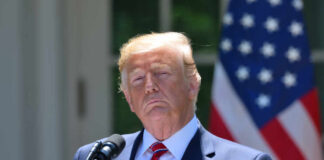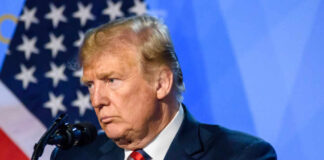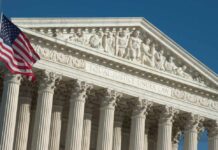
Wall Street may be hedging its bets on an interest rate cut, but a surprising turn of events could see the Federal Reserve hiking rates come June. Breitbart Economics Editor John Carney recently discussed the uncertainty of upcoming Fed policy with Fox Business Host Larry Kudlow on Friday.
“The market is still pricing in cuts as early as July. If the Fed wants to push them off of that position, one more hike could do the trick,” Carney shared in the interview. He emphasized that this unexpected move could be critical to the Fed’s stance and strategy, especially as inflation remains a significant concern.
This speculation has been partly fueled by Federal Reserve Governor Michelle Bowman’s recent remarks. Bowman communicated that the recent Consumer Price Index (CPI) and employment reports had not consistently indicated a downward inflation trajectory.
Carney on ‘Kudlow’: The Fed Might Hike Rates in June Instead of Pausing via @BreitbartNews https://t.co/JwpMJOXIWO
— Chris 🇺🇸 (@Chris_1791) May 13, 2023
Her perspective is viewed as influential, given her alignment with Chairman Jerome Powell’s views. A growing cadre of Fed officials anticipate that additional hikes might be necessary to pull inflation back in line with the Fed’s two percent target.
Meanwhile, the Bureau of Labor Statistics (BLS) reported a slight deceleration in April’s price inflation – the lowest year-over-year increase in twenty-four months. However, this doesn’t necessarily mean inflation concerns are dissipating. On the contrary, inflation still looms large, particularly with continued growth in food and shelter prices.
While April showcased a decline in real wages, the so-called “core inflation” rate – excluding volatile components like food and energy – barely slowed. This indicates that underlying inflationary pressures persist, despite the overall deceleration.
This data and the Fed’s dovish tone have led to speculation that the Fed might “pause” on interest rate hikes. But as Carney pointed out, an unexpected hike might be in the cards to quell Wall Street’s expectations of a cut.
Two pressing matters could further complicate the situation. First, the banking system’s fragility – with three major bank failures already in 2023 – and then the rising debt payments on U.S. government debt suggest pressure for the Fed to lower interest rates.
The dilemma now is choosing between the lesser of two economic evils: a recession or mounting price inflation. On the one hand, a recession could end years of falling real wages and financial repression. But on the other hand, ignoring the inflation issue could lead to continued increases in the cost of living, potentially sparking stagflation.
The Fed’s upcoming decision on interest rates will likely have far-reaching consequences for both Wall Street and Main Street. Amidst this speculation, however, one thing remains clear: the recurring demand for easy money from Wall Street might be causing more harm than good in the long run.














